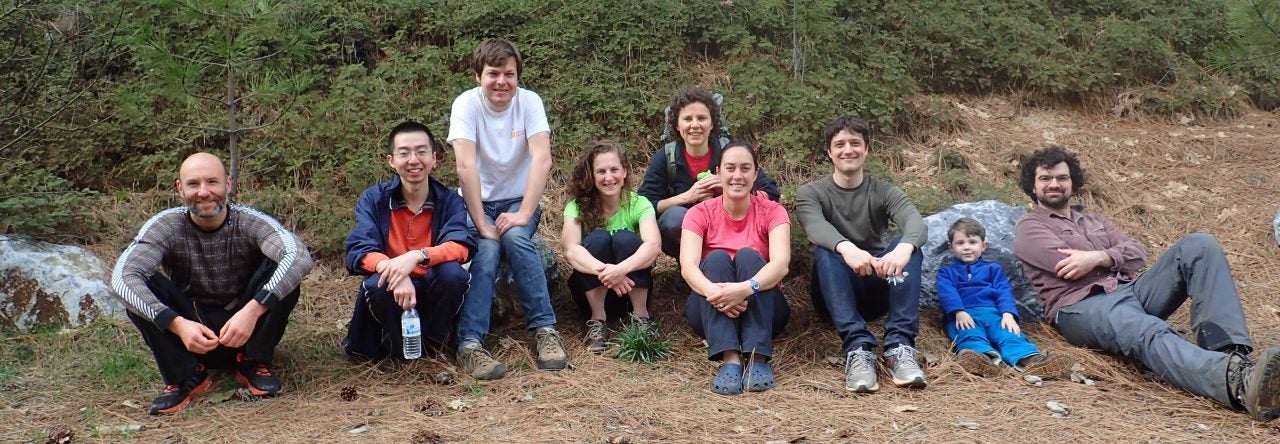Check out this paper in PLoS Genetics:
After more than 10 years, Michael Ludwig and his colleagues are still squeezing new insights out of the eve stripe 2 enhancer. Here, they show that sequences flanking the experimentally defined minimal enhancer contribute to the fine-tuning and robustness of gene expression. This helps explain Ryan Bickel’s results that we published last year (Composite Effects of Polymorphisms near Multiple Regulatory Elements Create a Major-Effect QTL). Using a population-genetic approach, Ryan showed that the sequence differences responsible for intraspecific phenotypic variation mapped to regions flanking the known functional elements of the bab locus – enhancer, PRE, and promoter – but not inside these regions.
Aside from the pure scientific knowledge it brings, this paper raises interesting practical questions. In our search for well-defined minimal enhancers, where should we stop before we go too far? Evolutionary action may well take place outside of the minimal regions sufficient to drive expression in reporter assays. Striking the right balance between functional characterization and evolutionary relevance may be difficult in some cases.
